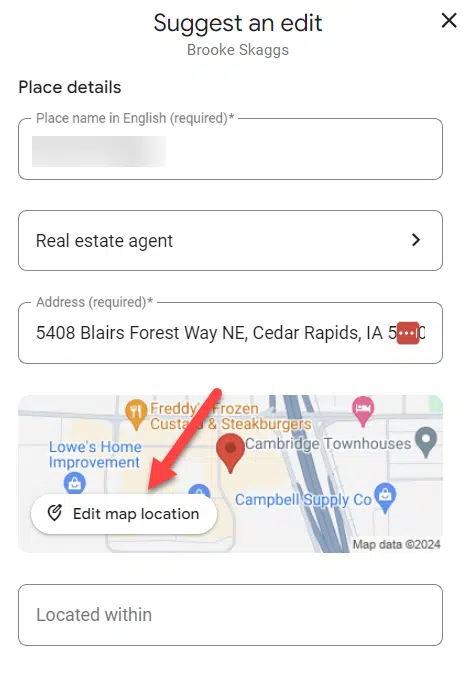With the ever-increasing competition in the digital world, optimizing your website for search engines has become a crucial aspect of online success. SEO metrics are vital tools that help you understand how well your website is performing, and more importantly, identify areas that require improvement. In this article, we will discuss some key SEO metrics and provide actionable strategies to enhance your website’s performance.
Organic Traffic: The Lifeblood of Your Website
Organic traffic refers to the number of users that visit your website through search engine results pages (SERPs) without any paid advertisements. It is considered the most valuable form of traffic as it generally results in higher engagement levels and conversions. To improve your organic traffic, consider the following:
- Keyword research: Identify relevant keywords with high search volume and low competition to target in your content.
- On-page optimization: Include targeted keywords in your title tags, meta descriptions, header tags, and throughout your content while maintaining readability.
- Link building: Acquire backlinks from reputable sources to increase your domain authority and improve your search rankings.
- Regularly update content: Keep your content fresh and up-to-date to maintain relevancy and satisfy user queries.
Click-Through Rate: Capturing User Attention
Click-through rate (CTR) measures the percentage of users who click on your website’s link when it appears in the SERPs. A high CTR indicates that your website is appealing and relevant to users, which can lead to improved search rankings. Here are some ways to boost your CTR:
- Compelling title tags: Create eye-catching and informative titles that accurately describe your content and entice users to click.
- Optimized meta descriptions: Craft engaging and keyword-rich meta descriptions that provide a brief overview of what users can expect from your content.
- Rich snippets and schema markup: Utilize structured data to enhance your search listings with additional information such as ratings, images, or prices.
- Test and analyze: Regularly monitor your CTR and experiment with different title tags and meta descriptions to determine which combinations yield the best results.
Exit Rate: Reducing User Drop-Offs
Exit rate refers to the percentage of users who leave your website from a specific page. A high exit rate may indicate that the page is not providing value to users or fails to keep them engaged. To reduce exit rates on your web pages, try implementing these strategies:
- Improve content quality: Ensure that your content is relevant, informative, and well-structured to meet user expectations.
- Internal linking: Incorporate internal links within your content to guide users to related pages and prolong their session duration.
- Clear calls-to-action: Encourage users to take desired actions by incorporating clear and visible CTAs throughout your web pages.
- Analyze and optimize: Identify pages with high exit rates and reevaluate their content, design, and overall user experience to address potential issues.
Pages Per Session: Encouraging User Engagement
Pages per session represent the average number of pages viewed by users during a single visit. This metric can shed light on user engagement levels and overall website quality. To increase your pages per session, consider these tips:
- Intuitive site navigation: Make it easy for users to explore your website with clear menus, categories, and a search function.
- Engaging content: Create informative, relevant, and visually appealing content that encourages users to stay longer and visit multiple pages.
- Related content suggestions: Offer tailored content recommendations based on user interests or browsing history to keep them engaged.
- Analyze and adapt: Track your pages per session over time and identify patterns to refine your content strategy and improve user engagement.
Average Page Load Time: Enhancing User Experience
A slow-loading website not only frustrates users but also negatively impacts your search rankings. Average page load time measures the amount of time it takes for your web pages to load fully. To optimize your website’s loading speed, implement the following techniques:
- Image optimization: Compress and resize images to reduce file size without sacrificing quality.
- Minify code: Minimize HTML, CSS, and JavaScript files to eliminate unnecessary characters and whitespace.
- Enable caching: Utilize browser caching to store static elements of your website, reducing the need for additional server requests.
- Use a Content Delivery Network (CDN): Distribute your content across multiple servers worldwide to decrease latency and improve load times for users in different locations.
By understanding and focusing on these key SEO metrics, you can make data-driven decisions to optimize your website’s performance. Implementing these actionable strategies will ultimately lead to higher search rankings, increased user engagement, and improved overall online success.




